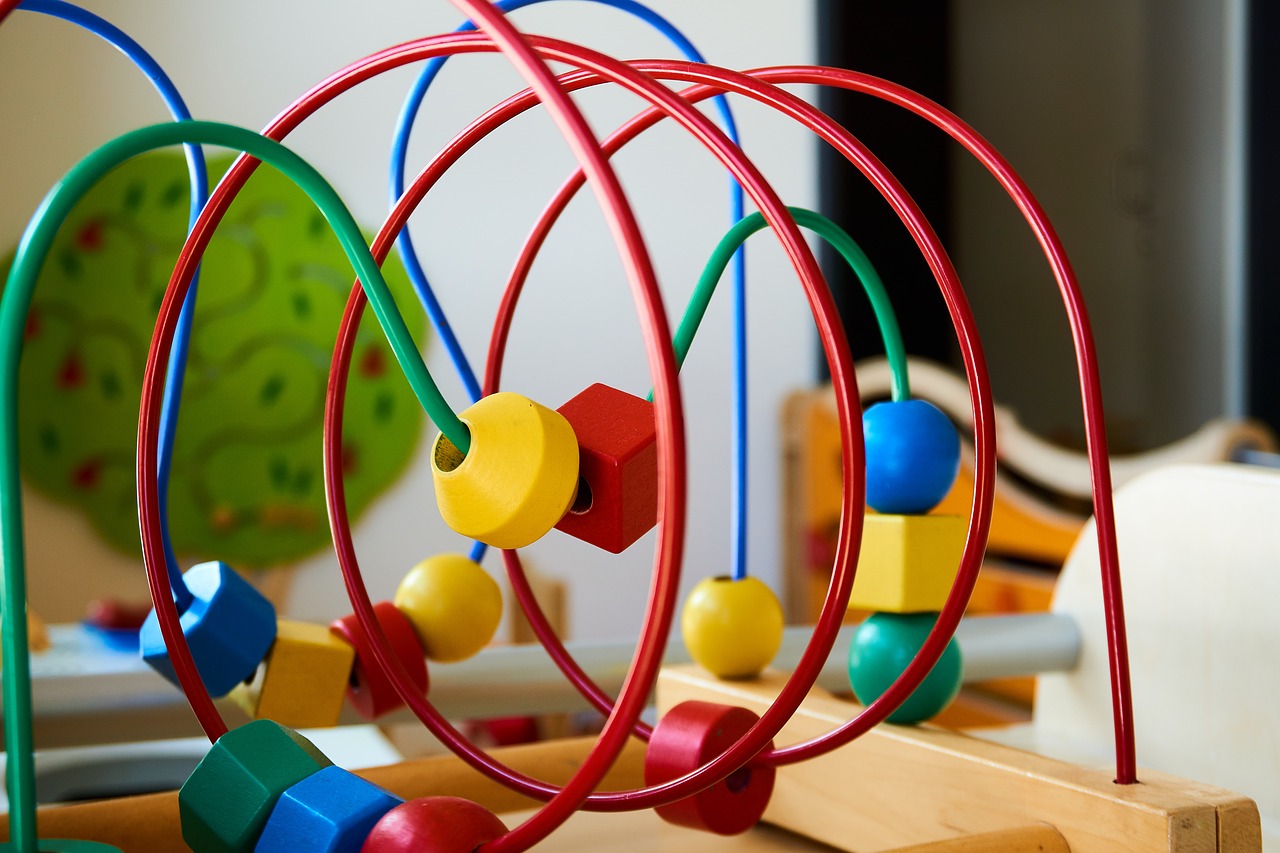Safety tips to Keep Toys Fun

By: FUN Monster
Children grow up using toys as a means of entertainment, but many people are unaware of the potential dangers they can cause. According to John's Hopkins, just over 200,000 children are sent to hospital emergency rooms due to a toy-related injury. These injuries can consist of scrapes, bruises, poisoning, and choking. They are most commonly brought on by falling off of motorized and non-motorized riding toys and ingesting or choking on pieces of small and poisonous toys. In order to avoid these types of injuries and keep toys fun for children, it is important to take caution.
Age Requirements and Safety Hazards
When buying a toy whether it be for a gift or for your own child, be sure to check if their are any age requirements on the packaging. A toy that may be an acceptable toy for a five year old may be too dangerous for a three year old. When looking to purchase the toy use your own judgment as well. Look for small pieces that could potentially break off, long strings, and sharp edges. For example, stuffed animals or foam toys are both made up of material that can be easily ripped off and potentially swallowed by a small child. It is extremely important to use caution when purchasing battery operated toys as well. If a child accidentally swallows one of the toy's batteries it can end up burning their esophagus and poisoning them.
Safety Tips and Choking Prevention
If you are in the presence of children playing with toys it is important to supervise them very carefully. If you have children of different ages sharing the same toys, make sure to keep track of which toy belongs to each kid. It could be potentially dangerous to have a two year old playing with a toy meant for a six year old. Make sure to evaluate the status of the toys in your house often and either repair or throw away and damaged or broken ones. Also, store toys in easily reachable places for the children, so they do not have to climb up on anything and risk falling to get them. Clean up the toys and look under shelves, rugs, and blankets to make sure all loose pieces are picked up after playtime. If your child wishes to play with a riding toy, be aware of the proper safety gear that is needed to operate the toy before allowing them to play. Be sure to stay up to date on any toy brand recalls as well to make sure your children are playing with the safest toys possible. And most importantly, always supervise children when they are playing with toys to make sure they are not putting them in or near their mouth.
It is always smart to be prepared for any worst case scenarios with choking. Learn how to perform CPR in case of a child choking in your home and know the Heimlich Maneuver for the different ages of children. Keep important phone numbers such as 911, your child's doctor, poison control, and parent contacts in an accessible place in your home. Be sure to build a first aid kit with items such as band-aids, ointments, pain relievers, and medications in case of an emergency as well.
Toy Safety Resources
- Safe Kids Worldwide Toy Safety
- Choosing Safe Toys
- Toy Safety Consumer Product Safety Commission
- Toy Safety Tip's 10 Toy Safety Tips
- BabyCenter Toy Safety Guidelines
- Toy Safety Tips from the American Academy of Pediatrics
- How to Buy Safe Toys
- Safety from the Toy Industry Association
- Kids in Danger Improving Children's Product Safety
- The Safety Educator
- Everyday Health Top 10 Tips for Toy Safety
- Child Development Institute Toy Safety Information and Shopping Tips
- Important Toy Safety Tips for the Holidays
- World Against Toys Causing Harm W.A.T.C.H.
- Facts About Toy Safety
- The Most Toxic Toys
- How to Avoid Toxic Toys this Season
- Preventing Choking in Toddlers and Preschoolers
- National Safety Council Choking Prevention and Rescue Tips
- How to Perform Child and and Baby CPR
- What are the Differences Between Infant, Child, and Adult CPR
- National CPR Foundation (Ages 1 Year to Puberty)
- How to Do the Heimlich Maneuver on Your Child
- Emergencies and First Aid-Heimlich Maneuver on a Child
- How to Perform First Aid on Choking Victims
